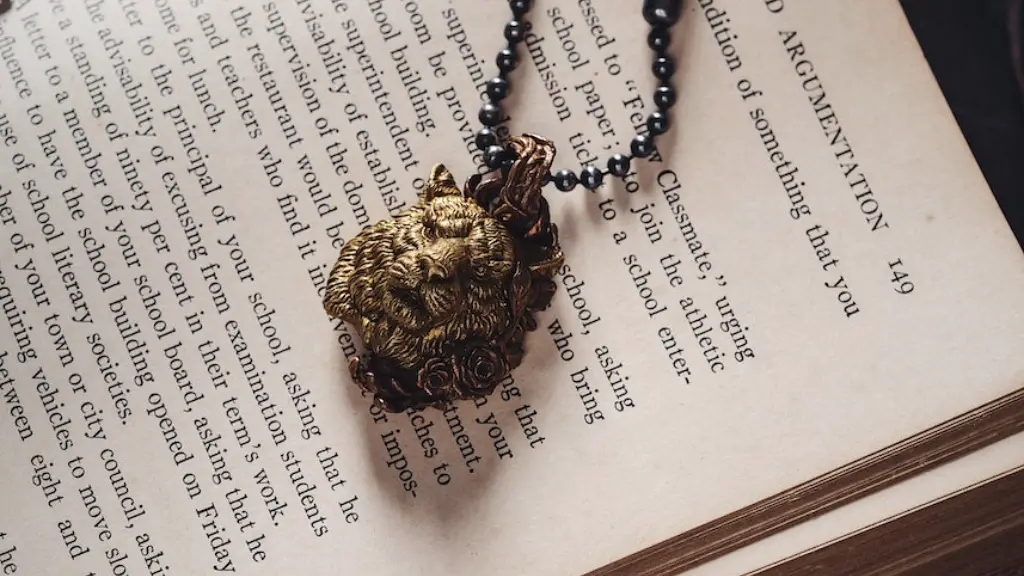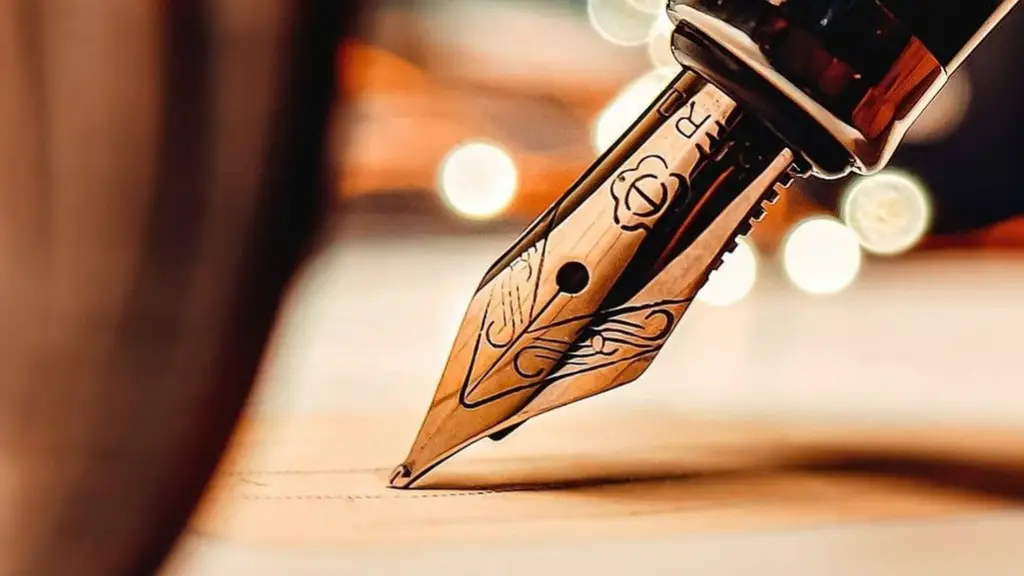What Does MLA Stand For?
MLA stands for Modern Language Association and is utilized as the main source to cite poetry in most academic and scholarly contexts. MLAs are recommended as a primary source due to the authoritative nature of them over other sources. MLA guides provide standard formatting rules for all academic material and help to ensure the consistency of all scholarly work.
Step 1 – Collect Details
When citing a poem, first identify the type of poem you are citing (e.g. sonnet, ballad, etc.) and collect all the details about the poem including the poem’s title, the name of the poet, the year in which the poem was published, the title of the volume or book of poetry which contains the poem, the place of publication, and the publisher’s name. If you are citing a poem that was published in an anthology, you will also need to list the anthology’s editor, its edition number, and the page number containing the poem.
Step 2 – Create the Entry
Once you’ve collected all of the necessary details, enter them into a properly formatted MLA citation. All entries must be formatted in the same way, regardless of the source. The entries should be listed in an alphabetical order based on the surname of the poet. Each entry should start with the poem’s title in quotation marks, followed by the poet’s surname, the year of publication and the source which contains the poem.
Step 3 – Cite the Poem in Text
When citing a poem in a text, you must use the poet’s name, the title of the poem, and the year in which the poem was published. This information should be inserted in-line after quoting the poem. For example, if you are quoting a poem by Emily Dickinson, you should cite her as: (Dickinson, 2020).
Step 4 – Use the Proper Punctuation
When citing a poem using MLA, the punctuation can be a bit tricky. If you are citing the full text of the poem, the last line should end with a period. If you are citing only part of the poem, the punctuation should be placed before the poet’s name in the in-text citation. For example, if you quote a line from a Dickinson poem, the in-text citation should end with a comma, not a period.
Step 5 – Ensure Your Sources Are Up-to-Date
When citing poetry, it is important to keep your entries up-to-date. Many poems have been published in multiple editions over the years, and some have been revised or corrected. If a poem has been revised since its initial publication, it is important to cite the most recent source. This ensures that the most accurate information is cited.
Incorporating Quotations
Incorporating quotations correctly when citing poetry is crucial. To correctly cite a quote, prefacing the quotation with the poem’s title and poet’s name is recommended. For example, you may begin a quote like this: In “Sonnet 29,” Emily Dickinson writes, “When in disgrace with fortune and men’s eyes…”.
Using MLA in Scholarly Writing
When citing poetry for scholarly writing, it is important to adhere to the guidelines as outlined in the MLA handbook. For example, compiling citations and bibliographic entries should be done in the same font, size and style as all other entries in the document. Referencing in-text should also be done exactly as specified in the guide.
Using the Proper Tense
It is important to use the present tense when citing poetry and other sources. This is because the work has already been written and is considered to be in an unchanging state. For example, when citing a Dickinson poem, you would say “writes,” rather than “wrote.”
MLA 8th Edition Formatting Guidelines
Under the 8th edition of MLA guidelines, poems are formatted differently than other types of sources. All entries should include the poet’s name, the title of the poem, the year of publication and the source. When citing part of a poem, the line numbers should be included in the in-text citation.
Citing Online Poetry
When citing poetry found on websites, look for the website’s publisher information. This is often found in the footer, as well as in the website’s “terms of use” page. The publisher information should be entered in the same way as all other sources.
Formatting Multiple Poems
If a document contains multiple poems from the same poet, the poet’s name should be used in place of the publication title. The poems should be listed in alphabetical order, followed by the year of publication. For example: Dickinson, Emily. “The Soul Selects Her Own Society.” 2020.
Conclusion
Citing poetry using MLA format is relatively straightforward, though some particular parts of it, such as the punctuation, can be difficult to remember. As long as you gather the necessary information and format your entries accurately, you should be able to cite a poem with relative ease.



